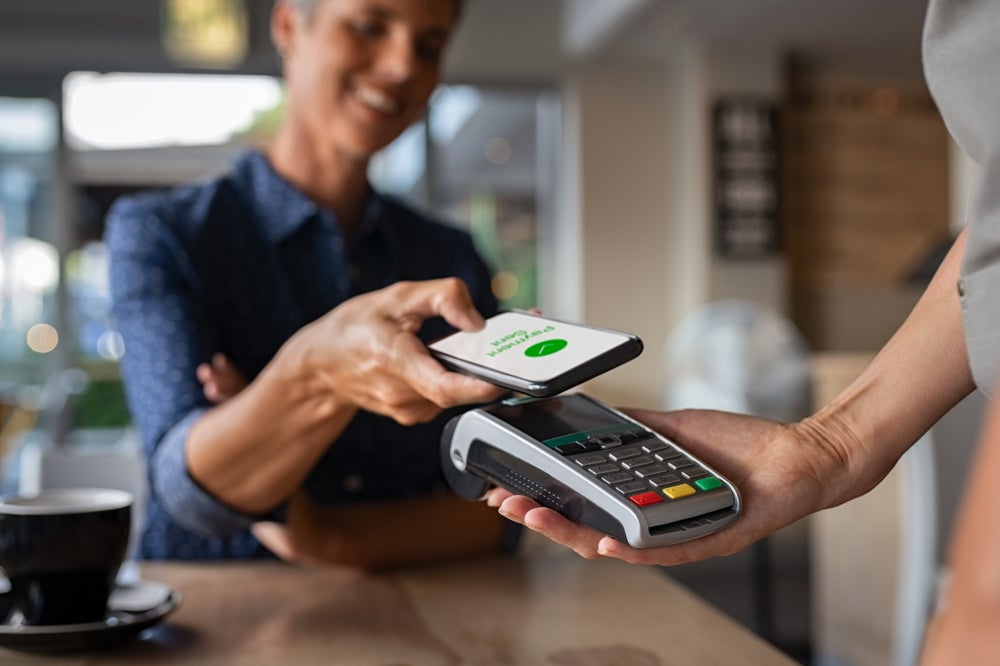ING has already digitised and streamlined account opening, nailed mobile and internet banking and utilised predictive analytics to maximise the customer experience. What next in terms of the drive for global real time payments? Anna Milne speaks to Inge Van Dijk, ING’s director of instant payments
AM: What has ING learned from new entrants?
IVD: The main thing is to look at the customer experience, which we did when we developed iDEAL. We did not do this as much with SEPA because we came from legacy, so we had to compromise. This never brings out the best in the products- certainly if you do that with four, five or six thousand banks, it becomes difficult. Whatever the new entrants tell us, one thing is clear, we’ve left something out which they’ve tapped into and are succeeding at. Mark Buitenhek said they are really good at cost, speed and most of all user experience. If you want to be relevant you have to listen and tap into that.
AM: Could you reiterate your points on the platform at EBAday about having a payments infrastructure applicable to consumers, SMEs and corporates alike?
IVD: If you can do it on the consumer side, why can’t you do it on the business side? If you can do it for an SME, why not a bigger company? If a consumer is paying for goods on the doorstep, on delivery, eg. with iDEAL in NL but also in the UK, why can’t a retailer pay his wholesaler (where his goods are stored, effectively), on departure of the goods and send direct to the consumer. So there is a whole different set of services that can be opened up by allowing instant payments also in business. Or indeed why can’t the supplier send directly to the consumer?
AM: What attitude should be adopted?
How well do you really know your competitors?
Access the most comprehensive Company Profiles on the market, powered by GlobalData. Save hours of research. Gain competitive edge.

Thank you!
Your download email will arrive shortly
Not ready to buy yet? Download a free sample
We are confident about the unique quality of our Company Profiles. However, we want you to make the most beneficial decision for your business, so we offer a free sample that you can download by submitting the below form
By GlobalDataIVD: You need to think about the product comprehensively at the beginning, because once you hook the consumer in, it spikes interest from the SMEs, and then the corporates. So consider the broader perspective and build for that. This does mean more investment up front but it will pay out in the long run. It will snowball so quickly that by the time you’ve evaluated your P2P mobile pilot, they’ll be banging on your door and you will be constantly trying to catch up with demand.
Start simple by all means but make sure it is extendable across platforms for the long run. It needn’t happen overnight. It can be a single solution for a single community that people have to sign up to. The community already exists, in the form of the account. But it needs to fit any type of account so if I only do P2P, I’ll need to have the ability to extend into P2B, B2B, B2C and then make that country specific.
AM: How much more complex is it to develop P2B than P2P?
IVD: Complexity in P2B comes not from the volume, but the fact that somebody has to sign off, it requires two signatures- this makes the authorisation of the payment more difficult.
The problem for banks is once volume and speed are up after you’ve brought in all the segments, the collateral you have to raise to have funds available for settlement cycles is massive- so you have to decide whether or not you can go for real time settlement. Also, once hours are extended over the weekend you have to cater for increased risk and liquidity costs, which in turn requires settlement cycles to be opened up over the weekend.
AM: The faster payments market is mainly domestic- 90-95%- and is likely to stay this way. Why the need for cross-border?
IVD: When it comes to business payments it’s international. When the internet came along everyone thought it would spike cross border transaction and it has, but only a small spike- one or two percent. This is because the internet became country-specific- we have country domains. It’s true the consumer market is mostly domestic but I believe it would be wrong to focus on that and yet I can understand why banks do. The pan-European volume is just a few percent but the pan-European experience- the reach- has great potential. Card schemes have global reach- MasterCard and Visa, it is what makes them big. If you deliver instant payments, built on the SEPA railway track, with a single pan-European user experience, then you have something that can compete with the MasterCards and the Visas.
First, as a community you have to understand each other and make sure you have the same belief. That’s what we’re doing within EBA and at EBAday.
AM: Is there a problem within bank departments, vying for budget when there is not an obvious business case?
IVD: Within ING, no. This is something new, inspiring and invigorating so no problem getting people and resources in. Strategy discussions take place but it’s more about timing. I’ve heard other banks having difficulties putting the strategy together for the board, especially after SEPA- it is again an investment in payments- their colleagues might like some investments in savings or mortgages or other products. ‘Payments’ does tend to eat up quite a lot of the change within a bank.
AM: What about collaborating with new fintech companies?
IVD: We believe we’re on the brink of a new era which will change the landscape, we can’t even predict how- it’s going to change it drastically. Payments have been so siloed with cards on the one hand and payments on the other. All of a sudden these new entrants are making it so much more fun.
AM: What’s ING’s take on blockchain technology within payments?
IVD: It’s really amazing- we’re looking at it with keen interest- it certainly fits with our philosophy in terms of opening up and safeguarding our customer’s input. We’re concerned about PSD2 and the re-use of credentials. But opening up and seeing if fintech companies can lift your infrastructure to find a new business model is something that’s top of our minds but we just haven’t pushed it yet. Something will follow soon.







